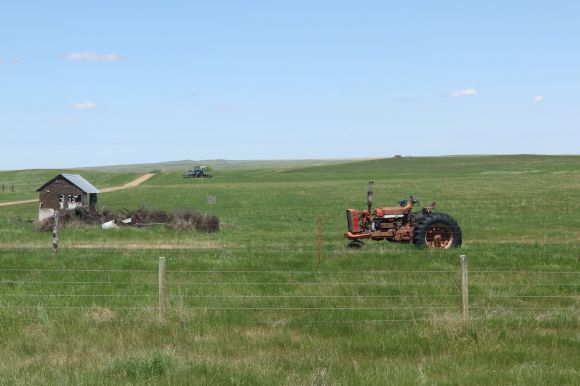In the face of growing global population and increasing food demand, ensuring the protection of crops has become a top priority for farmers around the world. However, the excessive use of chemical pesticides has led to numerous environmental and health concerns. In this context, Integrated Pest Management (IPM) has emerged as a sustainable approach to crop protection. By combining various strategies and techniques, IPM offers a holistic and environmentally friendly solution to manage pest populations effectively.
Understanding Integrated Pest Management
Integrated Pest Management is an agricultural practice that focuses on long-term pest management through the integration of multiple techniques. The goal of IPM is to minimize the use of chemical pesticides while maintaining crop health and productivity. This approach emphasizes prevention, monitoring, and control, taking into account the ecological interactions between pests, crops, and their environment.
Prevention: The First Line of Defense
Prevention is the foundation of IPM. By implementing preventive measures, such as crop rotation, the use of resistant crop varieties, and the enhancement of soil health, farmers can reduce the likelihood of pest infestations. These proactive steps disrupt pest life cycles and create an unfavorable environment for their development, minimizing the need for intervention.
Monitoring: Early Detection is Key
Regular monitoring is crucial in IPM as it allows farmers to detect pest populations before they reach damaging levels. By using various techniques like pheromone traps, sticky cards, and visual inspection, farmers can identify pest species and monitor their population dynamics. This information helps determine the appropriate timing and intensity of pest management interventions.
Cultural Control: Working with Nature
Cultural control methods in IPM involve modifying agricultural practices to create an environment that is less favorable to pests. For example, intercropping, the practice of growing different crops together, can disrupt pest behavior by confusing them and reducing their ability to locate host plants. Additionally, the use of beneficial insects, such as ladybugs and lacewings, can help control pest populations naturally, providing a sustainable alternative to chemical pesticides.
Biological Control: Nature’s Pest Controllers
Biological control is an essential component of IPM that utilizes natural enemies to manage pest populations. By promoting the presence and activity of beneficial organisms, such as predators, parasites, and pathogens, farmers can effectively control pests without relying on chemical interventions. For instance, releasing predatory insects like parasitic wasps and predatory mites can help control aphid infestations in a targeted and environmentally friendly manner.
Chemical Control: The Last Resort
While IPM aims to minimize the use of chemical pesticides, there may be situations where their application is necessary. In such cases, IPM emphasizes the use of selective and less harmful pesticides, targeting only the specific pests and minimizing the impact on beneficial organisms and the environment. Proper timing and application techniques are crucial to maximize the effectiveness of chemical control while minimizing negative consequences.
The Benefits of Integrated Pest Management
Integrated Pest Management offers several benefits over conventional pest management approaches. Firstly, by reducing reliance on chemical pesticides, IPM helps preserve biodiversity and protect ecosystem health. Secondly, IPM promotes economic sustainability by minimizing crop losses and reducing the costs associated with pest management. Finally, IPM improves food safety by minimizing pesticide residues in crops and reducing the potential health risks for farmers and consumers.
Conclusion: A Sustainable Path Forward
Integrated Pest Management represents a sustainable and effective approach to crop protection. By integrating various strategies, IPM offers a comprehensive and environmentally friendly solution to manage pest populations. Through prevention, monitoring, cultural and biological control, and selective use of chemicals, farmers can protect their crops while minimizing the negative impacts on the environment and human health. As the world continues to grapple with the challenges of feeding a growing population, adopting Integrated Pest Management practices is crucial for a sustainable future in agriculture.
